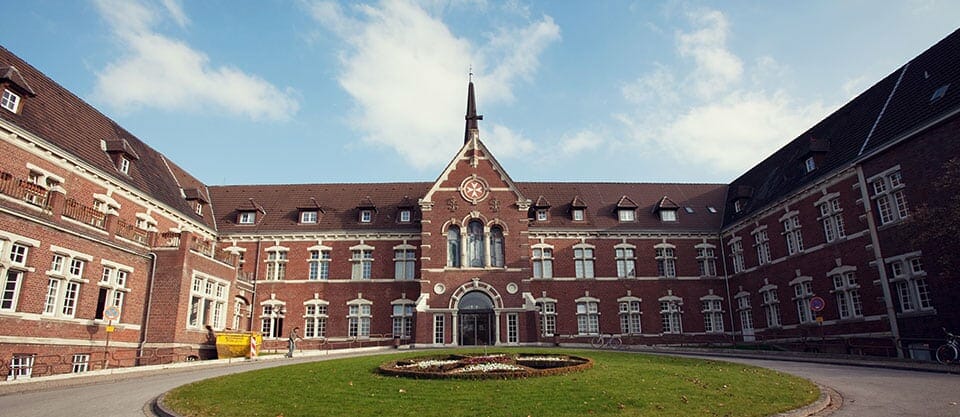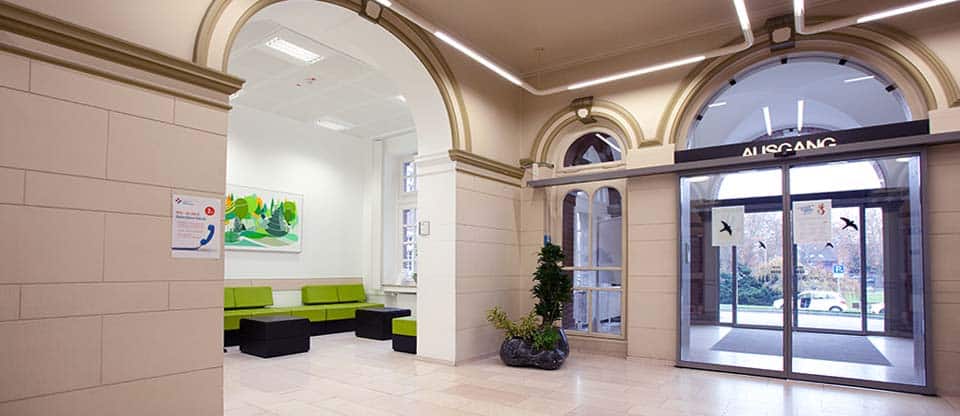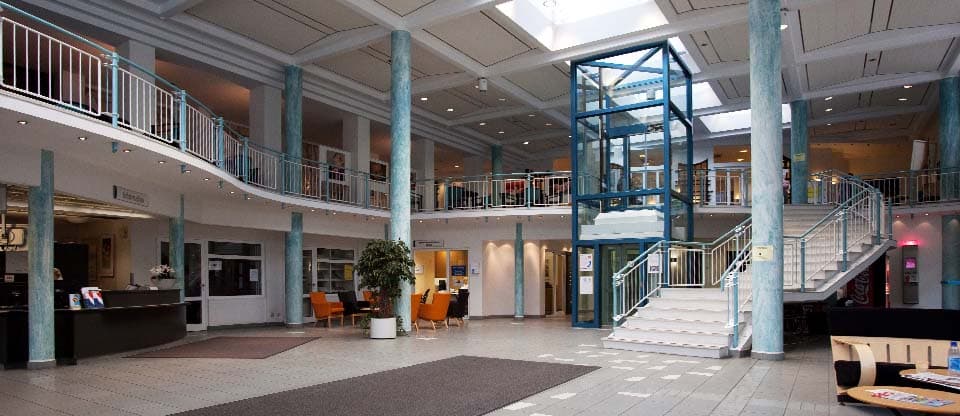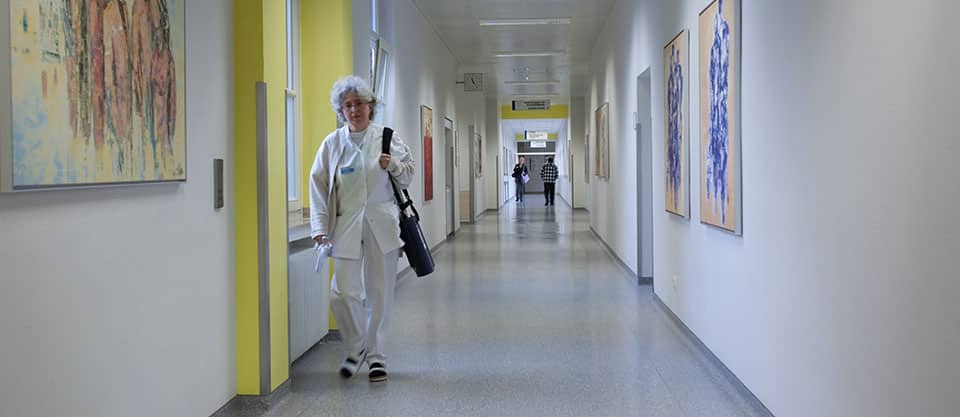The most common symptom is painful lameness: pain or loss of sensation up to the appearance of weakness in the legs (unilateral or bilateral) can occur after walking short distances. Stopping the patient, sitting down or leaning forward leads to a sharp improvement. The restlessness quickly reappears as one continues to walk, just as in "window-gazer's disease," where these restlessness are the result of disturbances in the circulation of the legs. With typical complaints, neurological examination and radiological methods, together with magnetic resonance imaging of the lumbar spine, allow the diagnosis to be made.
Successful treatment of spinal stenosis
If spinal stenosis appears after walking a couple of hundred meters, in most cases, surgery to widen the spinal canal is inevitable. During the operation, growths in the area of the vertebral joints, as well as thickened structures of the ligaments, are removed. To ensure that the operation does not lead to a weakening of the spine, it is necessary to proceed very carefully: under the operating microscope from the back, constricting structures are identified and removed with fine instruments until there is enough space for the nerves. In this case, only in rare cases additional reinforcement is necessary.
What can be achieved through surgery
After a microsurgical operation, patients are back on their feet the very next postoperative day. Painful lameness is significantly reduced or completely disappears. Pain-free distances become much longer. However, such an intervention cannot perform a miracle: it cannot be expected that the spine will again become “like new” through the operation. One should not be disappointed if there are residual disturbances after the operation, since not all nerves can immediately recover after a strong compression. Quite often, completely different growths in the region of the joints of the spine contribute to pain, and not all of them can be operated on at the same time. During the operation, always concentrate on the narrowest areas.
How can post-operative treatment be carried out?
In the first 6-8 weeks after surgery, the patient should take care of himself, sit as little as possible and walk as much as possible. Sometimes a lumbar corset is prescribed. Such a corset gives the spine a little more stability. During the therapeutic-gymnastic preparatory sessions, the patient needs to learn how best to behave and how to move in daily life.
Back muscle training can be started after about 3 months. A medical examination and X-ray control should be carried out after 3-6 months. With the resumption of complaints or the appearance of increased pain in the lower back over time, it may be necessary to control magnetic resonance imaging. Then you need to see a doctor immediately.
Head of the Clinic for Neurosurgery and Spine Surgery
Head of the Interdisciplinary Neurological Center
Video
Request appointment
Useful links














